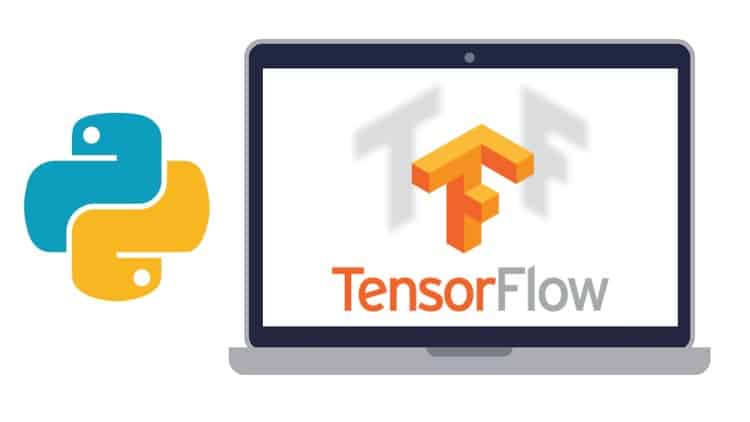- Регистрация
- 27 Авг 2018
- Сообщения
- 39,152
- Реакции
- 611,253
- Тема Автор Вы автор данного материала? |
- #1

- Understand how Neural Networks Work
- Build your own Neural Network from Scratch with Python
- Use TensorFlow for Classification and Regression Tasks
- Use TensorFlow for Image Classification with Convolutional Neural Networks
- Use TensorFlow for Time Series Analysis with Recurrent Neural Networks
- Use TensorFlow for solving Unsupervised Learning Problems with AutoEncoders
- Learn how to conduct Reinforcement Learning with OpenAI Gym
- Create Generative Adversarial Networks with TensorFlow
- Become a Deep Learning Guru!
- Some knowledge of programming (preferably Python)
- Some basic knowledge of math (mean, standard deviation, etc..)
Welcome to the Complete Guide to TensorFlow for Deep Learning with Python!
This course will guide you through how to use Google's TensorFlow framework to create artificial neural networks for deep learning! This course aims to give you an easy to understand guide to the complexities of Google's TensorFlow framework in a way that is easy to understand. Other courses and tutorials have tended to stay away from pure tensorflow and instead use abstractions that give the user less control. Here we present a course that finally serves as a complete guide to using the TensorFlow framework as intended, while showing you the latest techniques available in deep learning!
This course is designed to balance theory and practical implementation, with complete jupyter notebook guides of code and easy to reference slides and notes. We also have plenty of exercises to test your new skills along the way!
This course covers a variety of topics, including
- Neural Network Basics
- TensorFlow Basics
- Artificial Neural Networks
- Densely Connected Networks
- Convolutional Neural Networks
- Recurrent Neural Networks
- AutoEncoders
- Reinforcement Learning
- OpenAI Gym
- and much more!
TensorFlow is an open source software library for numerical computation using data flow graphs. Nodes in the graph represent mathematical operations, while the graph edges represent the multidimensional data arrays (tensors) communicated between them. The flexible architecture allows you to deploy computation to one or more CPUs or GPUs in a desktop, server, or mobile device with a single API. TensorFlow was originally developed by researchers and engineers working on the Google Brain Team within Google's Machine Intelligence research organization for the purposes of conducting machine learning and deep neural networks research, but the system is general enough to be applicable in a wide variety of other domains as well.
It is used by major companies all over the world, including Airbnb, Ebay, Dropbox, Snapchat, Twitter, Uber, SAP, Qualcomm, IBM, Intel, and of course, Google!
Become a machine learning guru today! We'll see you inside the course!
Who this course is for
- Python students eager to learn the latest Deep Learning Techniques with TensorFlow
DOWNLOAD:


